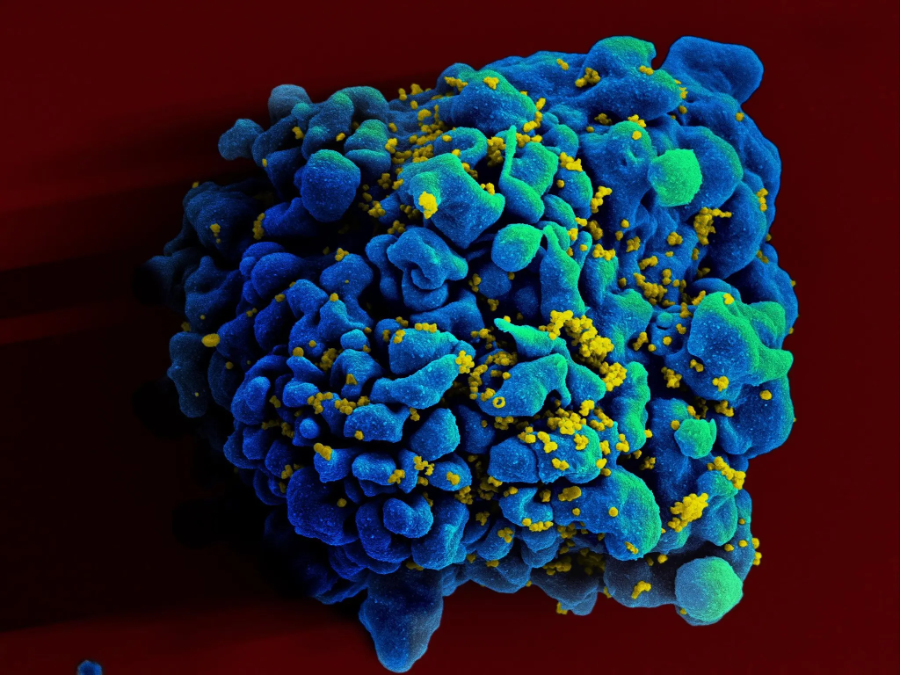How HIV-infected cells use immune checkpoints to evade the human immune system
DOI:
https://doi.org/10.25250/thescbr.brk748Keywords:
HIV, immune response, sequencing, camouflageAbstract
The human immune system is very effective in eliminating pathogens that attack us in everyday life. However, in the case of HIV infection, it fails to clear all infected cells, resulting in a disease that remains incurable to date. Our study reveals that HIV-infected cells express higher levels of immune checkpoint markers and 'do not kill me' signals, helping them evade immune detection.
Original article reference
Sun, W., Gao, C., Hartana, C.A. et al. Phenotypic signatures of immune selection in HIV-1 reservoir cells. Nature 614, 309–317 (2023). https://doi.org/10.1038/s41586-022-05538-8

Downloads
Published
Issue
Section
License
Some rights reserved 2023 Marie Armani-Tourret, Mathias Lichterfeld

This work is licensed under a Creative Commons Attribution-ShareAlike 4.0 International License.



